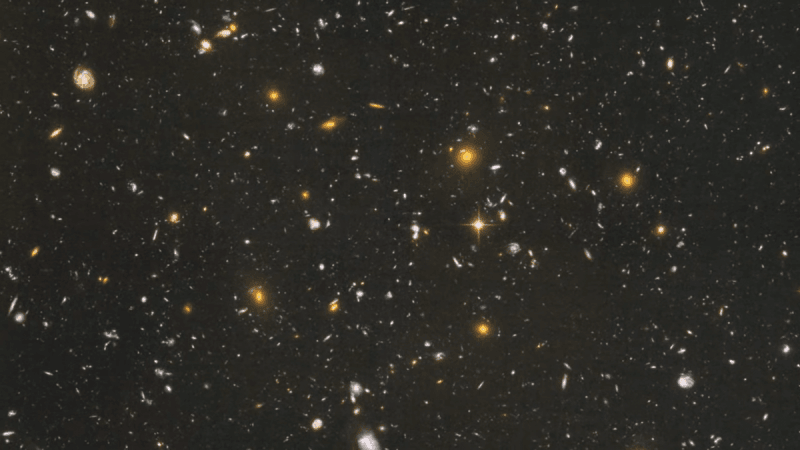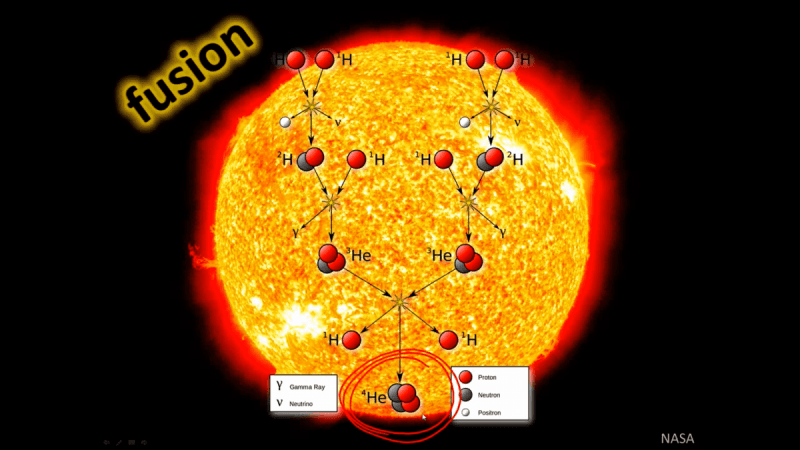Astronomers may have discovered evidence for Population III stars — the universe's very earliest stars. They investigated a star called AS0039, which may hold the key to understanding how the Universe turned on its lights.
Astronomer Asa Skladóttir of the University of Florence in Italy analysed the AS0039 star in the Sculptor dwarf spheroidal galaxy 290,000 light-years away and observed that it not only has the least metallicity ever found outside of the Milky Way galaxy, but also the lowest carbon abundance ever observed in a star.

The observations
Recent findings indicate that the C/O ratio declined with rising metallicity in the solar region during early times. Carbon Stars (C-stars) have been known as a type of astronomical object for over a century and have been proposed as the primary source of carbon in the Universe on several occasions.
They used simulations to find it out. The best fit was a Pop III progenitor star hypernova explosion with an energy of 10 x 1051 erg. Perhaps AS0039 might be some of the earliest observable evidence for zero-metallicity hypernovae, and a fantastic chance to learn about the Universe's very first stars.
Their findings support a supernova-like explosion with high abundance ratios of carbon, iron, magnesium, calcium, and titanium. "We have found a secondary star with unusual chemical properties: low in iron, low in carbon, and low in magnesium compared to other heavier elements like calcium," Skladóttir explained.
The Sculptor galaxy is metal-poor in general, with just 4% of the Milky Way's proportional carbon content; AS0039 is metal-poor even for its position.
But Skladóttir and her colleagues discovered that the star is particularly deficient in carbon and magnesium. Since these elements are produced via star core fusion, the cloud of molecular gas AS0039 came from is unique.

Carbon's origins—low mass stars
Garnett et al. showed that C/O rises with increasing O/H in metal-poor star-forming dwarf galaxies using Hubble Space Telescope, Faint Object Spectrograph observations.
The apparent secondary behaviour of C is generated by either the temporal lag in the production of C by low- and intermediate-mass stars compared to O, or metallicity-dependent yields in MSs.
Given that carbon is generated predominantly in low-mass stars, it is hypothesised that in any setting where the apex of star formation occurred a few Gyr ago, the winds of carbon stars are responsible for a great deal of carbon enrichment.
One cannot rule out a large contribution from zero-metallicity stars, especially early on, and from high-mass stellar winds that become stronger with metallicity. Low- and intermediate-mass stars may have injected up to 80% of the carbon into the interstellar medium in the solar neighbourhood.
Carbon generation in low- and intermediate-mass stars seems to be the simplest explanation for observed carbon abundance patterns.









!['Had denied Housefull franchise as they wanted me to wear a bikini': Tia Bajpai on turning down bold scripts [Exclusive]](https://data1.ibtimes.co.in/en/full/806605/had-denied-housefull-franchise-they-wanted-me-wear-bikini-tia-bajpai-turning-down-bold.png?w=220&h=138)



